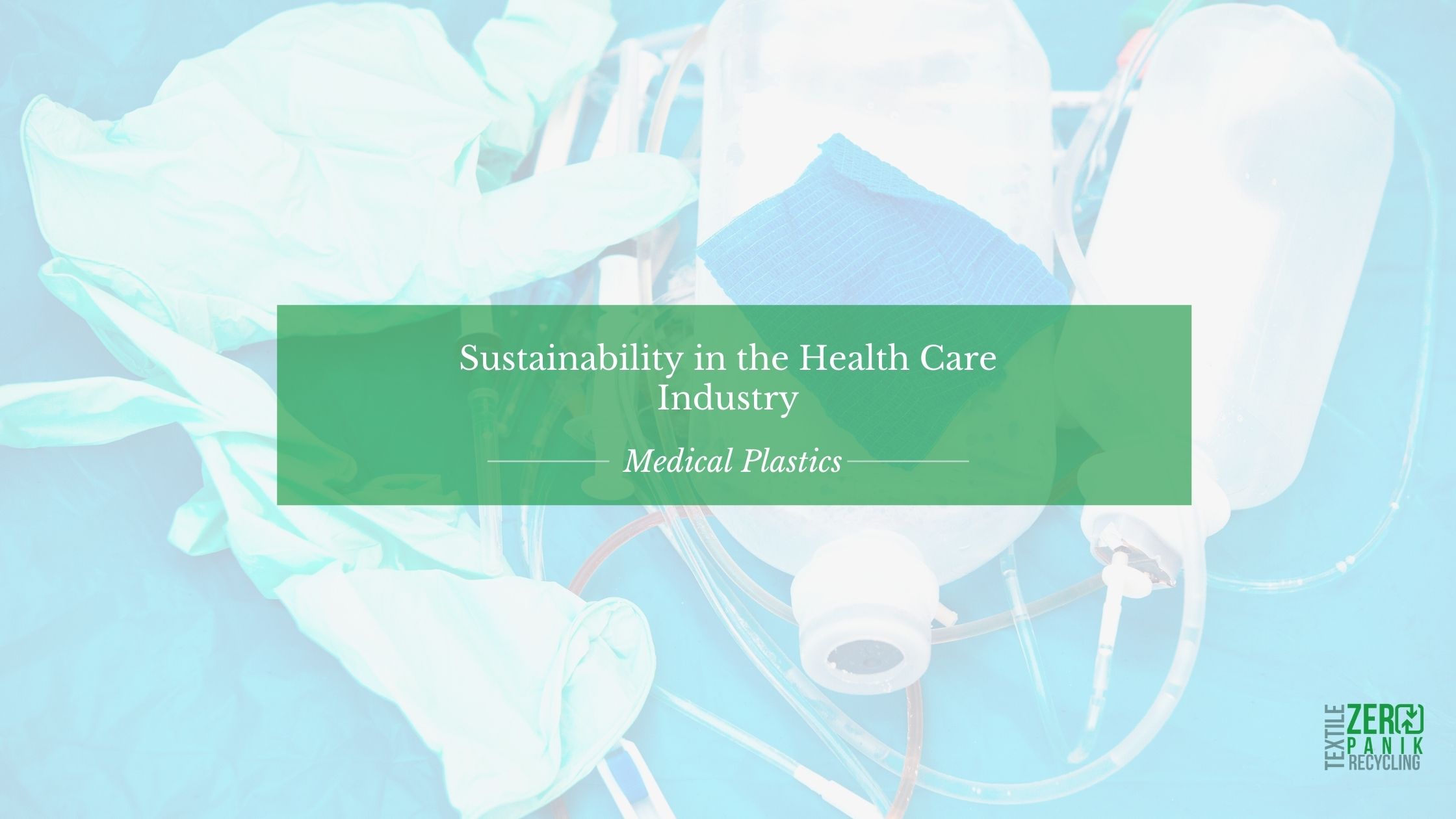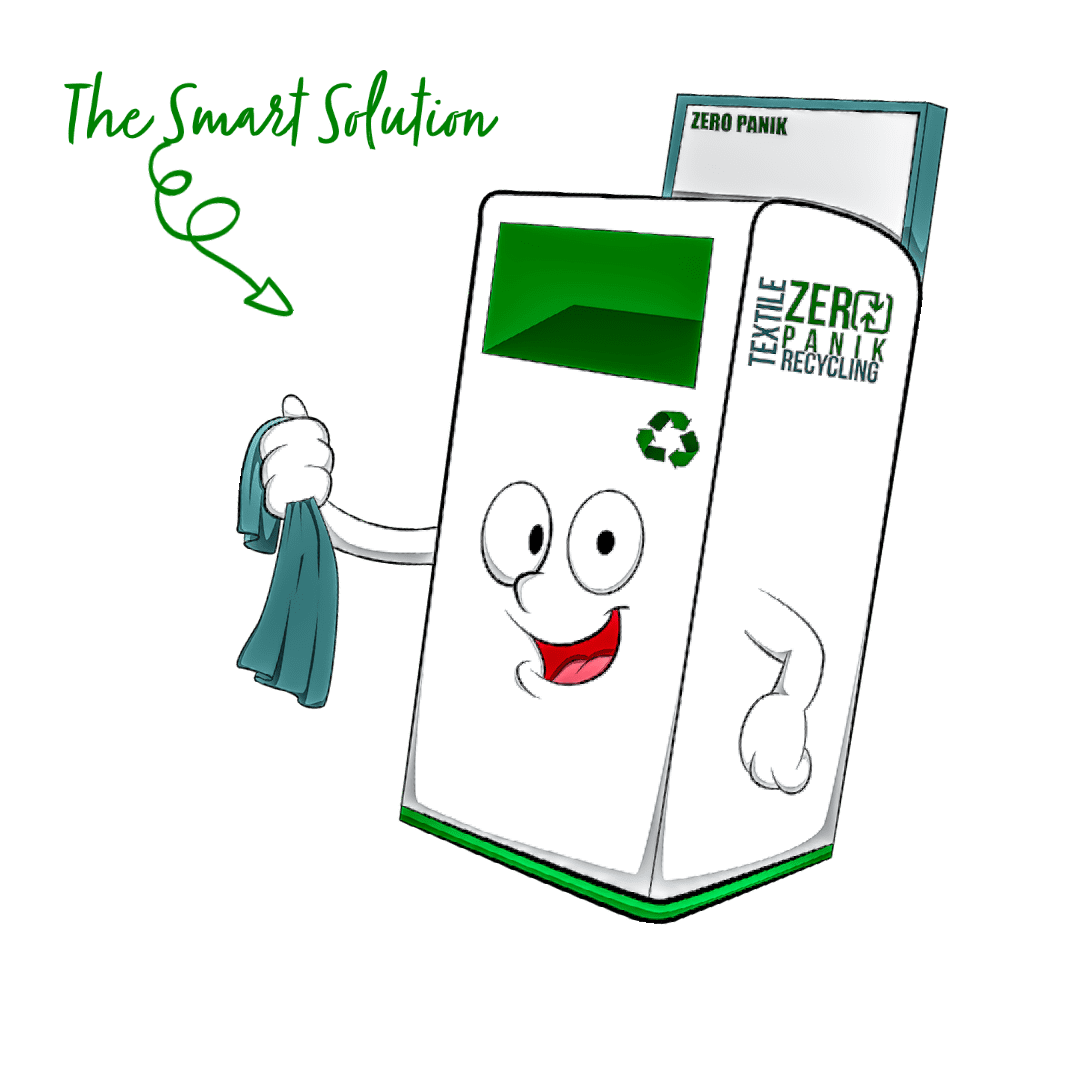
Globally more than 400 million tons of plastic waste is produced each year, of which only 9 percent is recycled.
Medical Plastics and Sustainability in the Health Care Industry
During a visit to my dentist’s office this past week I asked my dentist why he doesn’t recycle plastic cups. The answer baffled me, he said “the CDC doesn’t allow me to, they say to throw them away”. This did not sound right, so I came home to Google and began researching the topic of recycling medical plastics.
The answer is yes, there are solutions available, today more than 300 hospitals around the world collect PVC-based medical devices for recycling, additionally, medical plastics represent a valuable, high-quality plastic feedstock that can be circulated back into the production of goods while helping businesses reach their 25% recycled content goals.
What are the limitations of recycling medical plastics? The only marketable medical plastics have a 0.5 percent contamination rate requirement, this has presented a challenge to compliance in many hospitals’ recycling programs.
Healthcare Plastics Recycling Council reports an estimated 2,000 to 3,000 tons of high-quality, non-hazardous, medical plastic is sent to landfills every day globally with approximately 14-18% of that being recycled.
What types of medical plastics are safe to recycle?
Operating rooms are inundated with single-use medical plastics. Concerns over infection prevention, have increased the use of single-use, disposable plastics. Changes to international recycling markets alongside a lack of U.S.-based material recovery facilities.
Additionally, a 0.5 percent contamination rate requirement on marketable medical plastics has challenged the compliance of many hospitals’ recycling programs.
Healthcare Plastics Recycling Council lists examples of marketable recyclable medical plastics including:
- Sterilization wrap – polypropylene (PP) and may be recycled with other #5 materials
- Irrigation bottles – polypropylene (PP), high-density polyethylene (HDPE), which can be recycled with other #5, and #2 materials
- Basins, pitchers, and trays – made from polypropylene (PP) and may be recycled with #5 materials
- Tyvek – made from high-density polyethylene (HDPE) and may be recycled with other #2 materials
- Flexible clear packaging – made from polyethylene (PE) and may be recycled with #2 materials
What types of plastic is recyclable?
Not all plastic is created equally, only numbers 1, 2, 4 & 5 can be recycled. The key to understanding which plastics are recyclable is to examine the plastic for that little triangle made of arrows and then look up the number inside it. #1 PETE or PET (Polyethylene Terephthalate), #2 HDPE (High-Density Polyethylene), #3 PVC (Polyvinyl Chloride), #4 LDPE (Low-Density Polyethylene), #5 PP (Polypropylene), #6 PS (Polystyrene), #7 Other (BPA, Polycarbonate, and LEXAN).
Recycling and reusing plastics could reduce the amount of plastic waste produced by the healthcare industry and help the industry meet recycled content goals by 2025.
https://www.hprc.org/
What is plastic recycling technology?
Plastic is made from fossil fuels and is non-biodegradable, it must be recycled as part of the global effort to reduce pollution in the environment. Recycling is the process of salvaging waste or scraps of material and repurposing these materials into new functional and practical products. Current technical limitations of mechanical plastic recycling technology led to a great amount of plastic waste being incinerated. Plastic deteriorates as the number of recycling loops increases, unfortunately until recently several types of plastic have proven impossible to separate at all. New innovative chemical plastic recycling technology has been able to break down different types of plastics into their raw forms, whose quality is equal to that of respective virgin materials.
WHAT CAN BE DONE TO REDUCE PLASTIC WASTE?
Discontinuing the use of single-use, disposable items and going back to reusable products and sterilization is one effective waste reduction strategy for operating rooms. The external community benefits from the reduction in upstream environmental impacts as fewer natural resources are mined, shipped, fabricated, produced, and delivered. When buying supplies and products we should be making reduction and reusability a priority in every purchasing decision, throughout the hospital some common reusable products are listed below:
- Suction canisters
- Pulse oximetry probes
- Basins/pitchers
- Positioning devices
- Surgical linens (gowns, drapes, covers, towels)
- Blood pressure cuffs
- Tourniquets
- Sharps containers
Currently, reusable surgical drapes and gowns meet verified barrier implementation standards and are developed to maximize comfort and ease of use for patients and medical teams. Reusable surgical linens, capture instruments retained in drapes, as opposed to disposable drapes where the equipment is forgotten often isn’t returned but ends up in the trash.
Operating rooms are glorified in this article because they are responsible for generating as much as 60 percent of a hospital’s regulated, or “red bag,” medical waste. Regulated medical waste is a heavily regulated and expensive waste stream, in part because of the hazard it poses to people and the environment if improperly handled.
Yet virtually all the waste generated during case setup is sterile and can be safely recycled before the procedure begins. Strategic planning with infection control and environmental services to ensure appropriate regulated medical waste definitions are clear and followed. Properly sorting waste generated during and after a procedure can reduce a hospital’s regulated medical waste and increase solid waste sent to landfills or recycled.
Practice Greenhealth specializes in helping the healthcare industry reduce plastic waste with a focus on operating room waste disposal. They provide step-by-step resources for hospitals to model, execute, and evaluate the success of their efforts without sacrificing patient safety or quality of care in the operating room.
The Circularity Potential of Medical Plastics
It is true that many healthcare plastics and plastic, in general, can be recycled through conventional mechanical recycling processes. Yet quite a substantial stream of combined healthcare packaging materials cannot be easily recycled. Innovative scientific chemical recycling technologies involving decontamination, depolymerization, and transformation technologies now exist to recycle complex plastic waste streams into valuable raw materials to be used in the production of new products and packaging. The innovative technology-based recycling industry is growing rapidly with significant investments being made in recycling technologies and facilities.
In closing, yes medical plastics can be recycled, the healthcare industry is a large, unexploited source of value plastics that can be levied to the increasing demands for recycled plastic materials. Check out Recycling Vendor Intel with HPRC’s New Directory
to find healthcare facilities and recyclers, mechanical and innovative recyclers alike. Creating meaningful collaborations to increase the percentage of healthcare plastics being recycled.
Are you ready to start a plastic recycling program at your healthcare facility?
References:
Bryant, A. (2021, October 13). Healthcare plastics can help businesses achieve recycled content goals. Healthcare Plastics Recycling Solutions for Hospitals. Retrieved March 25, 2022, from https://www.hprc.org/single-post/how-healthcare-plastics-can-help-businesses-achieve-recycled-content-goals
NGO PVC position can hamper circular plastic initiatives in Hospitals. PVCMed Alliance. (2022, January 19). Retrieved March 25, 2022, from https://pvcmed.org/ngo-pvc-position-can-hamper-circular-plastic-initiatives-in-hospitals/
Practice Greenhealth. (n.d.). Medical Plastic Recycling. Medical plastic recycling. Retrieved March 25, 2022, from https://practicegreenhealth.org/topics/greening-operating-room/medical-plastic-recycling
Recycling Inside. (n.d.). Plastic Recycling Archives. RecyclingInside. Retrieved March 25, 2022, from https://recyclinginside.com/plastic-recycling

